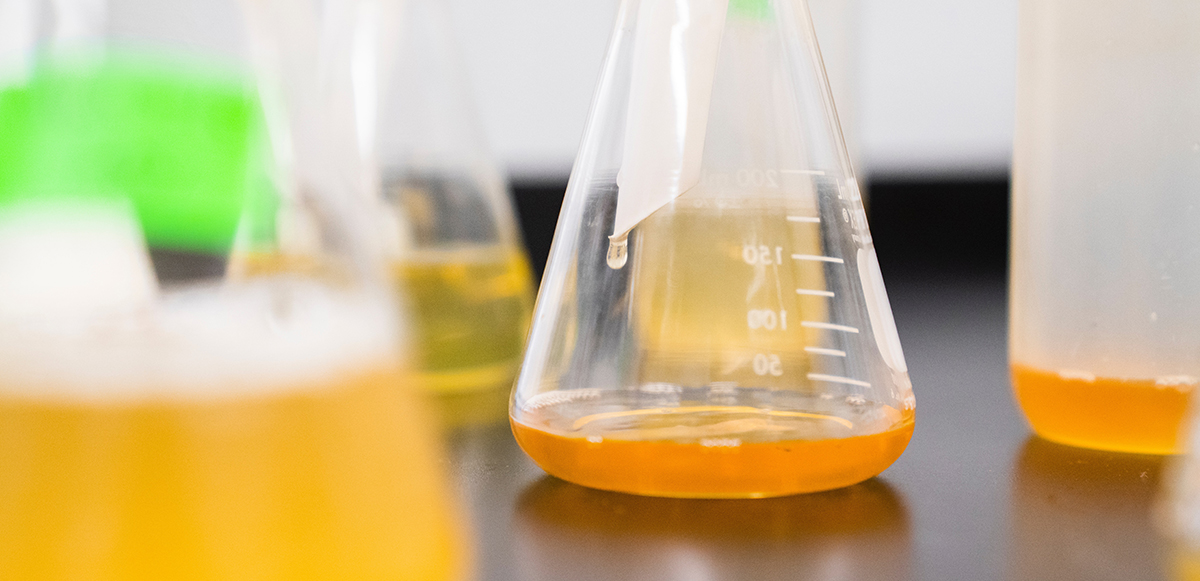Know the best practices for oil sample analysis


Getting a data-rich sample is crucial for successful oil analysis. An incorrectly taken fluid sample can skew outcomes, generating either false negatives or missing possible disastrous failure. Sometimes it can also result in a false positive leading to unnecessary maintenance.
The truth is a world-class oil analysis program starts with good practices and procedures to extract the most representative oil sample. Here are some of them:
- Always remember that a small 2 oz (60 mL) sample needs to represent the full tank.
- On a 150-gallon (600 liters) reservoir, that 2 oz sample is a ratio of 10,000:1. Without the benefit of trendable samples, it is difficult to detect hidden wear patterns or conditions.
- Keep in mind that sampling location and method do matter. It has been observed that a sample coming straight from the drain port due to various concentrations of stagnant bottom sediment, debris, and particles cannot effectively represent the whole lubricant. While droptube sampling can be helpful it tends to distort particle concentrations. Moreover, the two methods require the equipment to be shut down to safely gather the sample. At the same time, opening the system can send more airborne particulate into the fluid – decreasing cleanliness and making reading tougher.
- Ensure that a sample is taken from the same spot each time since it can establish a pattern that can help check the health of that piece of equipment alongside other pieces of equipment.
- Install sampling valves. Besides it taking as little as 10-15 minutes to install, it can also allow you to take the precision sample in less than a minute depending on the application.
- Also, sampling valves and accessories are now available for most lubricated systems. One of the benefits of this is that it allows fluid samples to go directly to a vacuum-charged bottle without threading or unthreading the lid, giving users extra clean, extra quick fluid samples.
- Stop thinking of samples as a luxury. Today, with the scarcity of maintenance resources and lubricants, best-practice sampling has become a necessity.





























